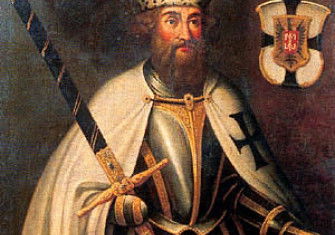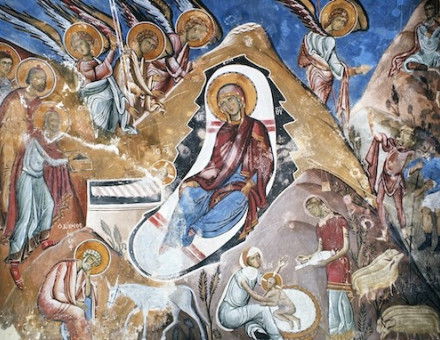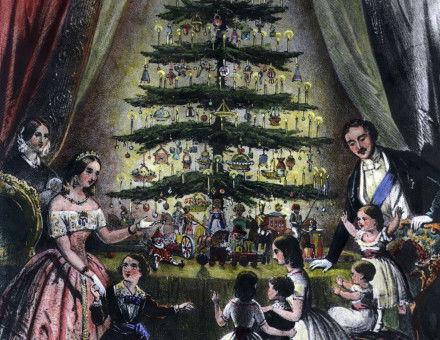The Rise of the Teutonic Knights
The success of the medieval Teutonic Knights owed much to the charismatic leadership of Hermann von Salza, one of the most dynamic individuals of the 13th century.

The army of the crusader kingdom of Jerusalem was annihilated at the Horns of Hattin on 4 July 1187. The defeat was almost total, and the survivors few. In the following months, the crusader states crumbled. The victor in this hard-fought struggle was the Kurdish ruler Saladin, and by October of the same year, the holy city of Jerusalem was in his hands.
When news of these events reached Western Christendom, the papacy’s reaction was immediate: a new campaign was launched to wrest back control of Jerusalem. Rulers from across Europe responded to the call; their armies were marshalled and set out for the East. The meeting point for these forces was the recently conquered, now Muslim-held, city of Acre, which became the first major arena in which these incoming forces (now known as the Third Crusade) would test their mettle against Saladin.







